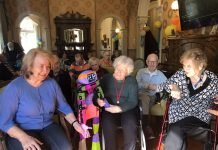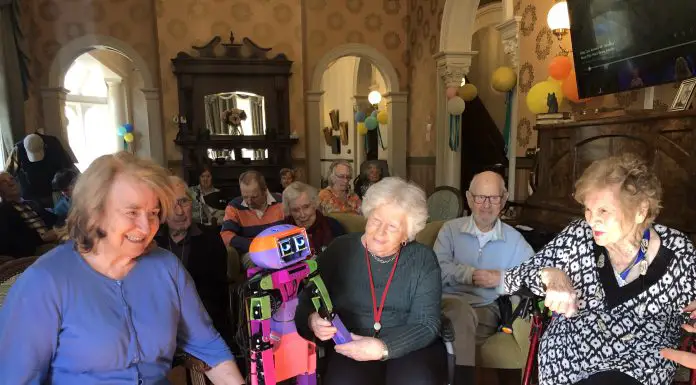This guest post was written by Epicor Software Regional Vice President for ANZ, Greg O’Loan.
After seeing a range of critical technology-based recommendations from the upcoming Royal Commission into Aged Care Quality and Safety final report, consideration must be made towards improvements to digital infrastructures, digital skillsets of the aged care workforce, and interoperability between aged and health care providers, and the Australian Government.
The technology components in any organisation are critical to the way a business can operate effectively and efficiently. In aged care, the importance of ICT capability is further magnified, as the day-to-day wellbeing of residents and clients directly depends on these systems.
But there is an abundance of tools within the current ICT ecosystem contributing to the complexity and inefficiency of service delivery. Many of these are predominantly focussed on financial aspects of providing care and provide little value to care-giving services.
Furthermore, systems do not interoperate and share information easily, if at all. The flow of effect leads to duplication of effort, ultimately impacting quality of care.
Better technology adoption can help us build towards a community that is interconnected, standardised, accessible, and provides client-centric care. Our recommendations include:
New common aged care program
Implement by 2024 a new common aged care program combining all existing resident, respite and home care programs. This mandates a single assessment framework and the ability for a care recipient to enjoy benefits for different categories of care simultaneously. Providers would benefit from a solution that provides a single client record and supports operations and funding for all categories of aged care.
Data governance and minimum data set
Set up and implement by July 2023 a minimum data set allowing easier data sharing, integration and interoperability. Software solutions that integrate through open-source APIs would be needed. ICT systems also need to be able to provide reporting for quality indicators, prudential requirements, and other requirements.
Universal adoption of digital technology and My Health Record
Mandate the digital care management (including medication management) system, meeting the standards of ADHA’s My Health Record. All providers would need to be able to update and share health data though My Health Record for all opted in clients.
More stringent and continuous disclosure requirements
Recommend continuous disclosure needs for events that could affect financial viability and capacity to care for any provider. Reporting of serious incidents would also be needed. Financial and business intelligence tools that integrate with and report data from disparate systems would enable providers to meet this requirement more efficiently.
Provider performance and quality ratings
Providers should be graded against industry and quality standards. Impacting on providers’ business and occupancy, managers would need regular reports on these indicators to take corrective actions.
Aged care workforce and minimum staff time for residential care
Propose mandating minimum qualifications and training standards for staff working in aged care and also define minimum staff time by care type per resident in care. Providers would need to implement HR systems to record appropriate staff and qualifications details while providing a rostering system to schedule the appropriate amount of care for each carer category for each resident in their homes. Periodic reporting of staff hours by care type would also be needed.
Funding in the new aged care system
Recommend an amended or new funding model that better allows aged care providers to meet the care needs of both people in residential care as well as those in home care. Software providers would need to design and implement the new funding model once finalised.
We must insist these recommendations are adopted with haste to impact faster improvements, better outcomes and progressive change to improve quality of care and interoperability in the aged care system.
Some tech savvy home care providers are already implementing smart technology in the homes of aged care clients, providing user-friendly technology as well as training and support to clients to use the technology. This kind of technology will become increasingly important as the number of home care recipients grows in the next 10-20 years – but we must be at the head of this curve.











The technology-specific recommendations in the Royal Commission Final Report go some way to ensure we can deliver a Digitally Enabled Aged Care System for all older Australians. However, as Greg O’Loan notes there also needs to be cultural, workforce, skills and governance changes that enable us to take full advantage of the technology solutions.
Technology is an essential component of delivering better care in the 21st century, but it needs to be incorporated within a total system reform. We look forward to working together with our colleagues to deliver on the challenge provided by the Royal Commission.
Well the fundamental changes need to be driven by clinicians who understand the solutions and who can work with the IT industry to implement those (not more IT wiz-bang but old health systems that don’t work driven) solutions